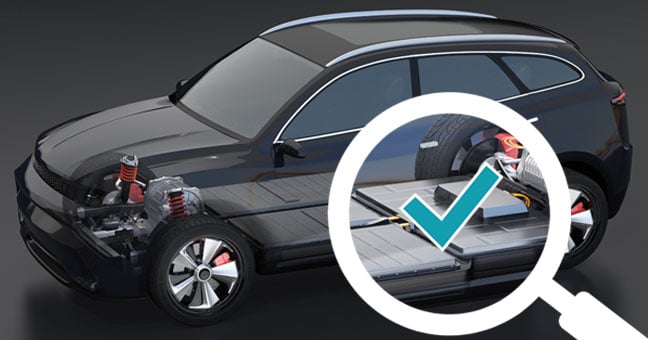

Aug 24 2023
By Jason Doring
Legendary physicist Marie Curie once said “I was taught that the way of progress was neither swift nor easy,” and the United States’ inevitable nationwide shift toward fully electrified vehicles (EVs) is the perfect example of that sentiment. Many states have set ambitious initial zero-emissions targets as early as 2025, which will require radical infrastructure change and an exponential increase in consumer EV adoption.
The Inflation Reduction Act, California’s Advanced Clean Cars standards (which are opted into by an additional 14 states), and other state initiatives are kickstarting that adoption by offering numerous rebates and discounted billing programs for EV owners. These programs will present unprecedented operational challenges for the utility companies tasked with implementing and managing them. These challenges include parsing and processing a massive influx of new data, inconsistencies within that data, and continual shifts in guidelines and regulations that need to be followed as both the government and auto industry landscape evolves. This article will outline the core benefits of ongoing access to in-depth, 17-digit VIN data in ensuring a sustainable, productive response to the US’ electric vehicle transition.
We have seen a dramatic increase in the number of EV models available for purchase in the US, with the International Energy Agency noting that there are now over 500 models, more than double compared to 2018-2019. This along with EV incentive programs and the move to more attainable price points has resulted in consistent spikes in electric car sales year over year. Al Jazeera has reported that EV sales have tripled in the last three years, with 3 electric vehicles for every 20 cars sold, and Experian has reported a 63% increase in US electric vehicle registrations year-over-year in Q1 2023.
These huge registration spikes have many utility companies concerned about processing VIN data sets to gain insight into program/discount eligibility as well as the demands these vehicles will place on existing architecture. The technologies involved with EVs are complex and vary between manufacturers and will only get significantly more complex in coming years. Using a free or low-cost VIN decoder will greatly impede progress, with drawbacks including inconsistently identifying vehicles, and failing to deliver the data points to determine eligibility for incentives and discounted electric rate programs. A powerful VIN decoder that will clearly and consistently identify qualifying vehicles is simply a “must have'' as a foundational piece of your program management.
The Inflation Reduction Act’s tax credit eligibility determination for electric vehicles is dependent on several factors, including battery capacity and gross vehicle weight rating. There is a strong likelihood that states will adopt some of these more specific guidelines for their incentive programs as well – 610 state-level electric vehicle legislative actions were taken in the US in the second quarter of 2023 alone.
Granular, evolving regulations, combined with a ballooning data set, drastically increase the possibility of error in missing eligible vehicles, or accidentally incentivizing unqualified vehicles. This is a headache for program managers, but an attractive opportunity for tort lawyers. Companies who struggle to identify and enroll eligible customers leave themselves open to the painful, expensive, and long-lasting effects of a class-action suit.
Even access to OEM-sourced build data alone will not sufficiently support utility organizations’ ability to quickly determine EV qualification – since raw OEM data is filled with manufacturer-specific terminology that shifts every year and from one model to another, This makes it very difficult to organize into actionable information. DataOne’s proprietary standardization methods eliminate this barrier to understanding what’s under the hood. Utilities companies thus ensure that vehicles of all years and brands can be matched to the components fueleconomy.gov lists that present the full range of identifiable vehicles, and provide the consequent rebates for home charging.
As with raw OEM build data, the state RMV/DMV vehicle data that utility companies often work with is not designed to be used for incentive program identification. Data inconsistencies across states and within each state's database are plentiful. Inconsistent formatting and file architecture, lack of standardization, and lack of support are commonly found issues. Any one of these challenges can make the logistics of working with state RMV / DMV feeds a substantial project both upfront and ongoing and stall rebate program operations.
Consolidating vehicle data by decoding all VINs against a well-defined standard of truth solves many of these problems. Utility companies benefit from the standardized and normalized vehicle attributes and equipment listings (such as charge type and standard battery capacity), as well as the personalized customer service and industry-specific expertise of the data provider if issues arise. Streamlining your data solutions empowers program managers and IT teams to focus their efforts on building a robust, adaptable infrastructure for EV incentive management.
Utility companies will be the key facilitator in determining if the United States’ shift to a fully electrified future is realized with minimal structural pain and consumer dismay, and DataOne Software is committed to assisting these companies navigate toward a reliable, agile EV program management strategy. You can click here to learn how DataOne is tailoring its offerings for utilities’ current challenges and future operational priorities.